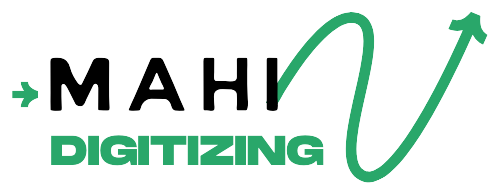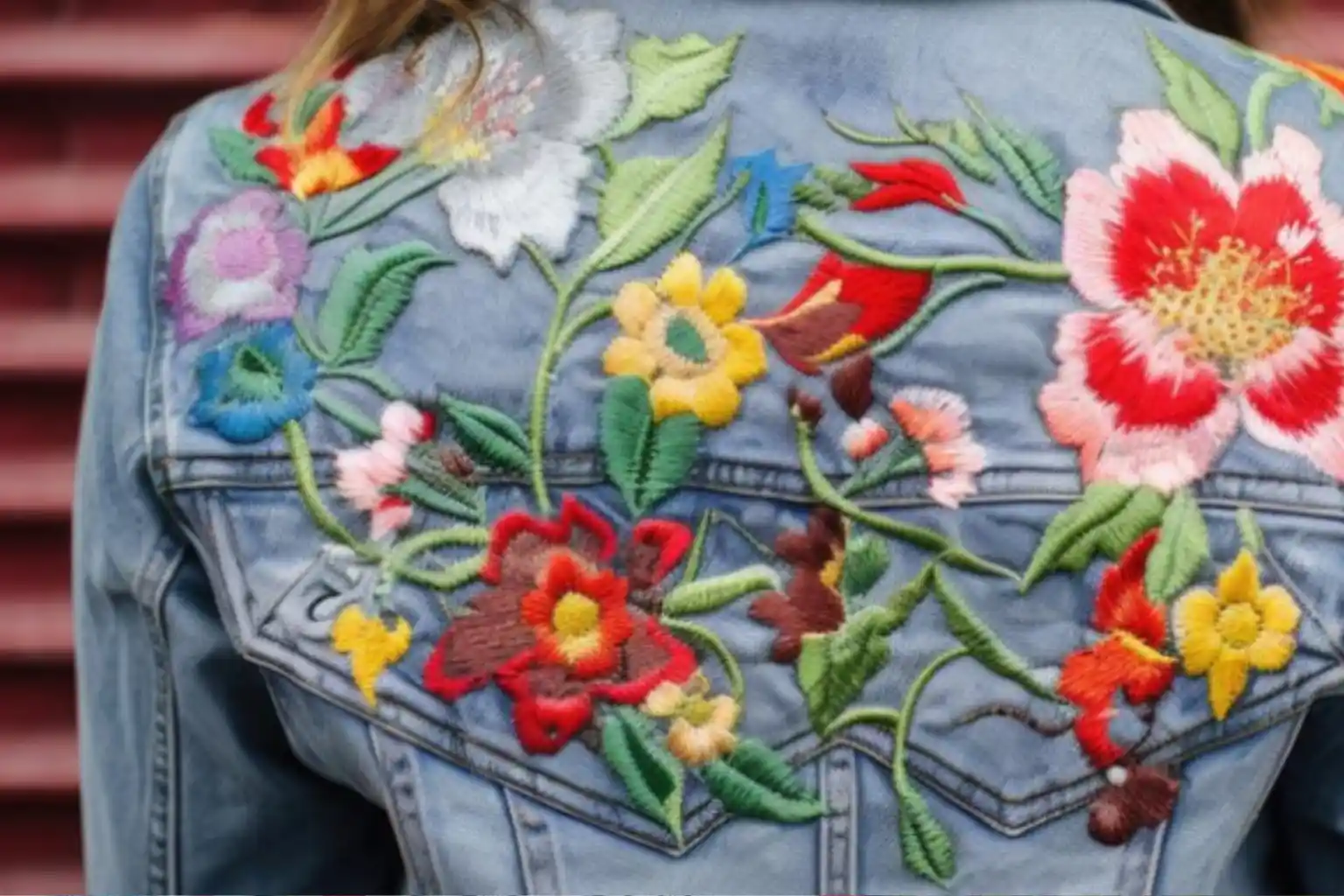Sew-on patches and embroidery are both powerful tools in apparel decoration, but when combined, they create one-of-a-kind designs that stand out. By layering embroidery details onto sew-on patches or integrating patches into embroidered garments, brands and designers can achieve textures, depth, and visual variety that elevate their products. This guide explores how to creatively combine sew-on patches with embroidery for stunning results.
Why Combine Sew-On Patches with Embroidery?
Combining patches with embroidery allows designers to break away from traditional flat designs, adding depth and personality to garments.
Sew-on patches provide a structured canvas, while embroidery adds detail and texture that make designs visually appealing.
High-end brands use this technique to differentiate their products, making even basic items look luxurious and custom-made.
Custom embroidery on patches offers endless possibilities, from highlighting logos to adding borders or decorative stitching.
The combination enhances durability since both patches and embroidery are crafted for long-lasting wear.
Designers can also repurpose garments by adding patches and embroidery, giving old items a new life.
This hybrid approach works equally well on fashion apparel, uniforms, sportswear, and accessories.
For inspiration, see our blog on the best uses for embroidered patches in fashion and branding.
Design Techniques for Patch-Embroidery Fusion
One approach is layering embroidery directly onto patches before sewing them onto garments, creating a raised, textured look.
Designers may also embroider around the patch edges to blend them seamlessly into the garment fabric.
Contrasting thread colors can be used to make patches pop, while tonal embroidery adds subtle sophistication.
Adding borders of satin or chain stitches around patches provides a finished, professional appearance.
Embroidery inside patches can emphasize specific design elements like logos, icons, or monograms.
Using mixed stitch types—such as satin, fill, and running stitches—brings extra detail to patch designs.
Creative positioning, such as overlapping patches with embroidered elements, adds complexity and originality.
Explore more about creative design in our article on designing the perfect embroidered patch.
Layering Effects for Visual Impact
Layering is one of the biggest advantages of combining sew-on patches with embroidery. It gives garments depth and dimension that flat prints can’t achieve.
By placing embroidery beneath patches, designers create a multi-layered effect that feels dynamic and modern.
Adding embroidery on top of patches enhances detail, making designs look richer and more sophisticated.
Layering also allows for creative textures, mixing matte patch fabrics with glossy embroidery threads.
Using metallic or specialty threads on patches produces striking effects perfect for luxury branding.
Fashion houses often use layering to create 3D effects, combining thick embroidered elements with structured patch bases.
Careful planning is required to avoid bulk, ensuring garments remain comfortable and wearable.
For advanced layering techniques, see our blog on how applique adds depth and texture.
Customization Opportunities
Sew-on patches combined with embroidery open doors for personalization and customization, making products more appealing to consumers.
Brands can offer custom embroidered patches for limited editions, events, or exclusive merchandise drops.
Consumers can choose personalized embroidery—like names or initials—added directly to patches.
This approach strengthens customer connections with products, increasing brand loyalty.
Sports teams and corporate brands often prefer this combination for uniforms and promotional wear.
Custom patch-embroidery fusion ensures products stand out in crowded markets.
Personalization also supports small-batch production, ideal for boutique or high-end fashion labels.
For more on branding benefits, explore our article on why embroidered patches remain timeless.
Applications in Fashion and Merchandise
This hybrid technique is widely used in high fashion, streetwear, and luxury accessories.
Streetwear brands use patch-embroidery combinations to make bold, statement-driven garments.
Luxury designers add embroidery onto sew-on leather patches for bags, jackets, and hats.
Uniform designers use embroidered patches to highlight logos while adding decorative stitches for flair.
Sportswear benefits from durability and high visibility, making patch-embroidery ideal for teams.
Event merchandise, such as jackets and caps, often combines patches with embroidery for a premium look.
Boutique brands adopt this technique to showcase creativity and stand out in the fashion marketplace.
For related applications, see our post on DIY vs professional patch quality.
Digitizing Considerations for Patch and Embroidery Fusion
Digitizing is key to achieving professional results when combining patches with embroidery.
Stitch density must be adjusted to avoid stiffness, especially when layering embroidery over thick patches.
Underlay stitches help stabilize fabrics and prevent distortion during embroidery runs.
Proper pathing ensures efficient machine operation and minimizes thread breaks.
Digitizers must carefully plan borders to blend patches into garments seamlessly.
Attention to stitch angle enhances texture and creates smooth transitions between patch and embroidery.
Sample runs are recommended to test designs before full production.
Learn more in our guide on stitch angle and pathing in digitizing.
Why Work with Professional Digitizers?
Professional digitizers ensure that combined patch-embroidery designs are production-ready and visually flawless.
They understand how to optimize stitch types, densities, and borders for unique designs.
Experts adjust settings for different fabrics, ensuring compatibility across materials like denim, cotton, or leather.
Professional digitizing reduces production errors and minimizes waste, saving costs for brands.
They also create files compatible with all major embroidery machine formats, ensuring smooth workflow.
At Mahi Digitizing, our team specializes in combining embroidery with patches for creative, durable results.
We also advise on design adjustments to achieve the perfect balance of artistry and practicality.
Working with professionals guarantees high-quality designs that enhance brand reputation.
Final Thoughts
Combining sew-on patches with embroidery opens endless possibilities for unique, eye-catching designs.
The hybrid technique provides depth, texture, and personalization that elevate products above ordinary decoration.
Layering effects create premium, 3D-like visuals perfect for luxury and fashion-forward brands.
Customization opportunities strengthen customer engagement and brand loyalty.
Applications across fashion, uniforms, and merchandise highlight the versatility of this technique.
Digitizing ensures technical accuracy, durability, and machine efficiency during production.
Partnering with professional digitizers ensures flawless execution and long-lasting results.
If you’re ready to create innovative patch-embroidery designs, request a quote today and bring your creative vision to life.

